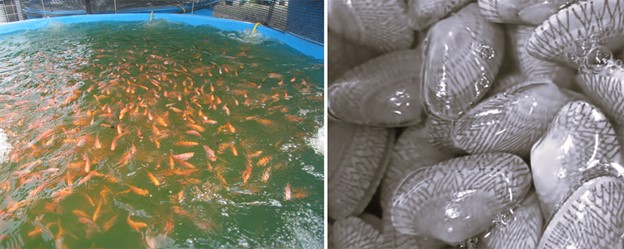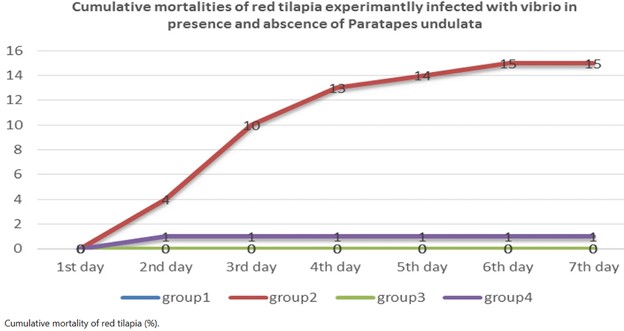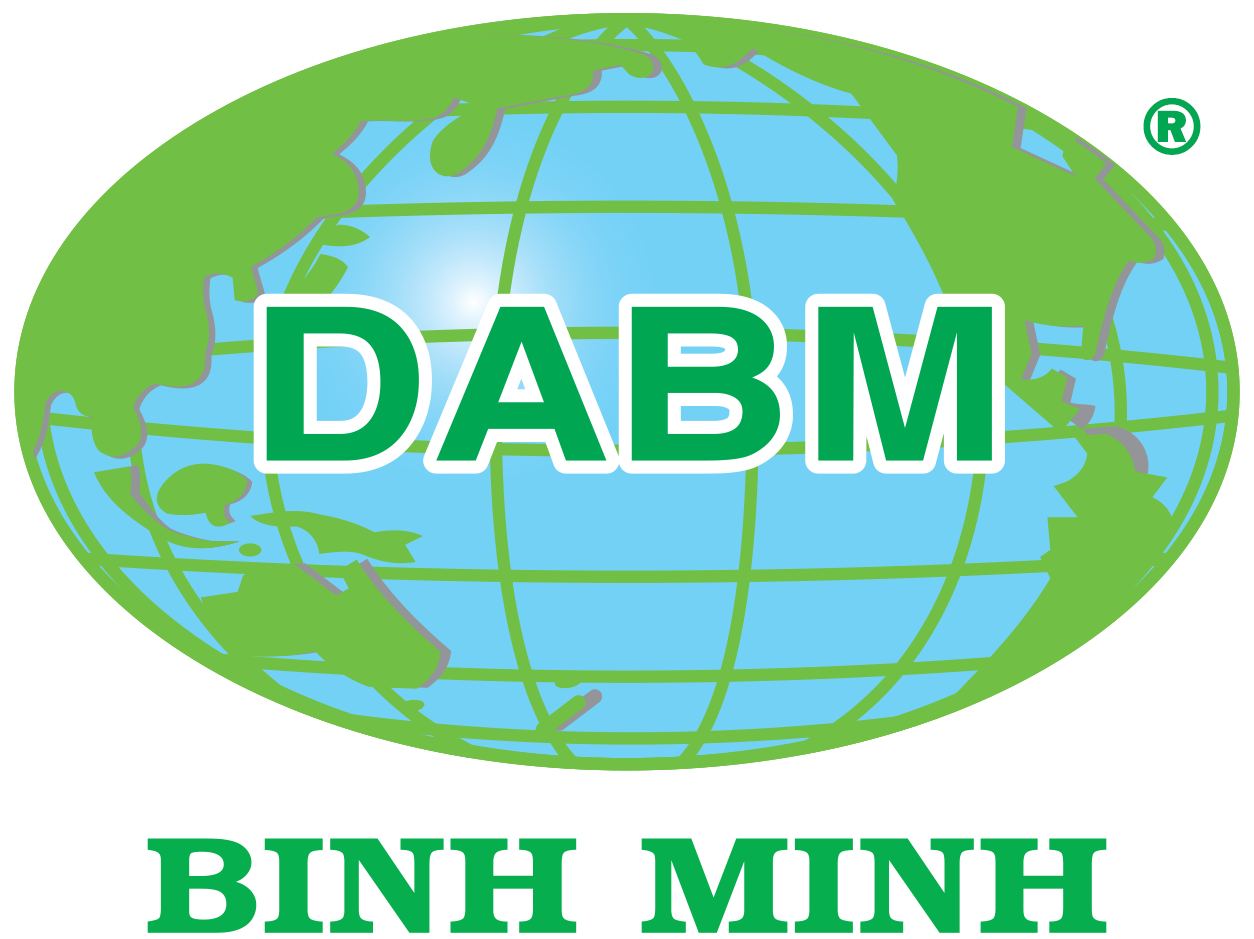Incorporating Paratapes undulata into aquaculture feeds or water treatments can control vibriosis outbreaks in tilapia farming

Study reports the potential of the marine bivalve undulate Venus as a natural solution for vibriosis control in red tilapia aquaculture. Results suggest that P. undulata can be effectively incorporated into aquaculture feeds or water treatments to prevent and manage vibriosis outbreaks, and proposes this marine bivalve is a promising, natural and sustainable biocontrol agent for vibriosis in aquaculture, a novel strategy for disease management and reducing reliance on antibiotics.
The findings of a recent paper by researchers in Egypt report the marine bivalve known as undulate Venus (Paratapes undulata) as a promising, natural and sustainable biocontrol agent for vibriosis in aquaculture, offering a novel strategy for disease management and reducing reliance on antibiotics. The results suggest that P. undulata can be effectively incorporated into aquaculture feeds or water treatments to prevent and manage vibriosis outbreaks in red tilapia farming.
The study – authored by Drs. Azza SalahEldin El-Demerdash, Rehab E. Mowafy, Hend M. Megahed, Sally H. Abou Khadra and Mohamed A. Bakry (Agricultural Research Center, Animal Health Research Institute, Egypt); and Dr. Ahmed Hussien Moustafa (Zagazig University, Egypt) – discusses the pioneering use of P. undulata, a locally abundant bivalve in Egypt’s marine coastal areas, as a biocontrol agent against Vibrio alginolyticus in aquaculture. The species’ profile of bioactive compounds is examined in relation to its possible antimicrobial properties.
“Our research unequivocally establishes the remarkable potential of P. undulata as a natural and sustainable solution for vibriosis control in red tilapia aquaculture. It not only achieved significant improvements in fish growth (up to 362 percent) and drastically reduced mortality (by up to 100 percent), but also offers a vital, antibiotic-free strategy to combat virulent, drug-resistant V. alginolyticus outbreaks,” Dr. Azza SalahEldin El-Demerdash, corresponding author of the study, told the Advocate.
Vibriosis is a significant global threat to aquaculture and is mainly caused by bacterial pathogens from the genus Vibrio, with V. alginolyticus a major contributor. This bacterium poses a serious threat to tilapia aquaculture worldwide, causing significant economic losses due to high mortality rates, and reduced growth and feed conversion efficiency. V. alginolyticus infections weaken the tilapia’s immune system and increase susceptibility to secondary infections and also present a zoonotic (infectious disease of humans triggered by a pathogen that can jump from a non-human vertebrate to a human) risk, potentially affecting human health through the consumption of contaminated seafood.
This is the first study utilizing P. undulata as a biocontrol agent against V. alginolyticus in red tilapia. It provides fresh perspectives on sustainable management of vibriosis by assessing antimicrobial susceptibility across various isolates of this bacterium and numerous antimicrobial resistance indices, along with a challenge study conducted in an aquaria system with live bivalves and red tilapia. The challenge study assessed how dietary inclusion of P. undulata influenced red tilapia in terms of growth performance, mortality rates, bacterial load, hematological parameters, biochemical markers, gene expression, clinical observations and histopathological results.
P. undulata is a marine bivalve known to produce various antimicrobial peptides, making it a potential candidate for developing natural antimicrobial agents. Results showed that incorporating this bivalve into the diet substantially improved growth performance in red tilapia subjected to a V. alginolyticus challenge, highlighted by increases in final weight, weight gain, specific growth rate and a better feed conversion ratio (FCR) when contrasted with the infected control group. Remarkably, these beneficial growth metrics were maintained, even in animals experimentally infected with V. alginolyticus.
After the challenge with the bacterium, the cumulative mortality rates were considerably lower in the groups treated with P. undulata compared to the infected control group (G2). The peak mortality occurred on the third day following infection in the diseased control group, after which it gradually reduced. Conversely, there were no deaths recorded in the control group (G1) or the bivalve-treated control group (G3) (Fig. 1).

Fish of the P. undulata treatment exhibited significantly reduced clinical signs and gross lesions compared to the infected control group, suggesting protective effects against V. alginolyticus infection. The reduced severity of clinical signs and lesions in the treated group may be attributed to the antimicrobial, antioxidant and immunomodulatory properties of the treatment.
The biochemical and molecular results from this research offer compelling support for the protective role of P. undulata against infections caused by V. alginolyticus. Use of P. undulata significantly improved antioxidant levels and decreased enzyme activity in the liver and kidneys, reaffirming its protective benefits against infection.
The results also indicated that the addition of P. undulata successfully alleviated the hematological issues triggered by V. alginolyticus in red tilapia. The detected enhancements in red blood cell metrics – reflecting better oxygen transport and a decrease in white blood cell count that points to a regulated inflammatory response – highlight its potential as a dietary addition. These findings are consistent with earlier research indicating that dietary incorporation of marine bivalves can improve blood parameters in stressed fish.
In addition, P. undulata dietary supplementation appeared to effectively modulate the immune response in red tilapia challenged with V. alginolyticus. Its infection elicited a robust immune response and prevented excessive inflammation. These immunomodulatory effects are likely mediated by the synergistic action of various bioactive compounds in P. undulata, including sterols, fatty acids and polysaccharides, which are known to influence cytokine production and immune cell function.
“Beyond impressive growth and survival rates, P. undulata effectively modulates the fish’s immune response and directly inhibits V. alginolyticus virulence at the genetic level. These findings, supported by the identification of key bioactive compounds, highlight P. undulata as a promising and eco-friendly additive for effective disease management in aquaculture feeds or water treatments,” Dr. El-Demerdash told the Advocate.
Finally, antibiotic susceptibility testing revealed a concerning prevalence of extreme drug-resistant V. alginolyticus isolates, with one-third exhibiting resistance to multiple antibiotic classes. The emergence of these strains underscores the urgent need for alternative therapeutic strategies. This high level of antibiotic resistance poses a significant public health threat, limiting treatment options for both human and animal infections and contributing to the global spread of antibiotic resistance.
“This study definitively demonstrates the significant potential of P. undulata as a natural and sustainable solution for mitigating Vibrio alginolyticus infections in aquaculture. The observed reduction in mortality, coupled with enhanced fish health parameters in an open culture system, strongly supports its practical application,” concluded the authors. “Furthermore, the effective modulation of the host’s immune response, characterized by reduced oxidative stress and inflammation, highlights its multifaceted protective capabilities. The implications of these findings extend beyond disease management. P. undulata offers a promising avenue for antibiotic-free aquaculture practices, addressing the growing concerns surrounding antibiotic resistance and environmental sustainability. By providing a natural alternative to traditional antibiotics, it contributes to healthier ecosystems and safer seafood production.”
By Darryl Jory
Read more:
- Global Scenario of Shrimp Industry: Present Status and Future Prospects
- Key to Aquaculture Development: Local Marketand Support for Local Producers
- Utilization of Shrimp Shell Waste as Alternative Raw for Mariculture

 Tiếng Việt
Tiếng Việt 中文 (中国)
中文 (中国)